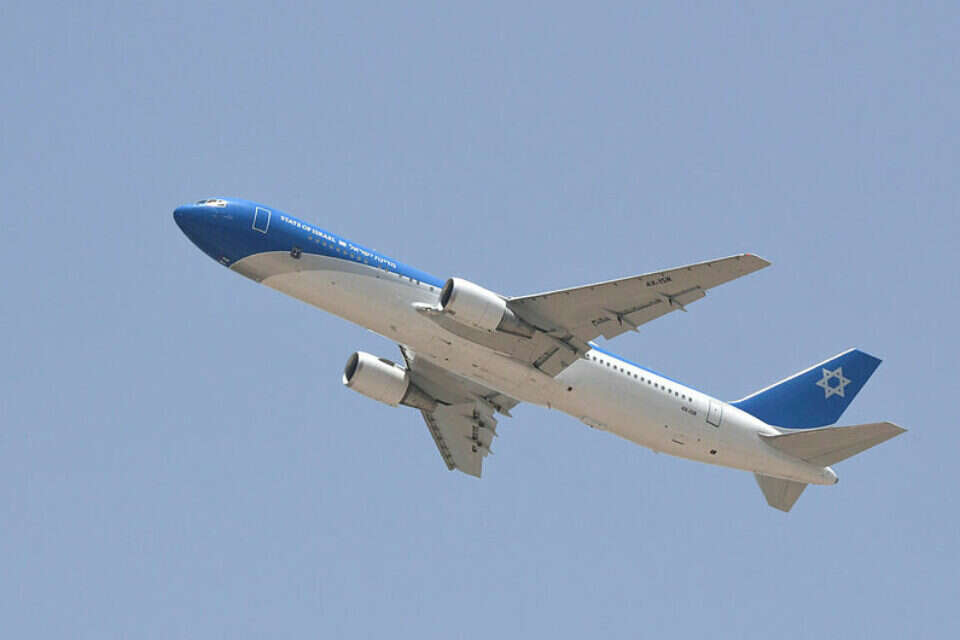Humans are not meant to fly—that's one of the phrases that most annoys anyone who has lived in the last few centuries. After all, if people can start fires, build, paint, etc., there's no reason why they can't also fly. Today, December 14, marks the first two times humans have proven that they can truly rise from the ground for longer than it takes to jump over an obstacle. We used Perplexity to tell about the dual history of this day.
The first achievement recorded on December 14 was in 1782 – 241 years ago, in France. The brothers Joseph-Michel and Jacques-Étienne Montgolfier succeeded for the first time in conducting a test flight in an unmanned vehicle that looked like a box wrapped in cloth, under which they burned wood and hay to create hot air that would accumulate in the box and lift it off the ground. The flight was a resounding success – so dizzying that they lost control and flew a much longer distance than planned – 2 km – before they managed to land safely. After landing, the vessel was destroyed due to what the book described as a "lack of judgment" on the part of a passerby.
Six months later, on June 4, 1783, they held the first planned public demonstration of what later became known as a hot air balloon, in the city where their family lived, Annona. This time they have already created a tool in a round shape, and not cubic like the initial experimental tool. It was made of jute fabric, weighed 225 kg and was able to hold 790 mcm of air – enough to lift the balloon to an estimated altitude of 1,600-2,000 meters (5,200-6,600 feet) – about one-sixth of the normal flight altitude of passenger aircraft today) and take it 2 km in 10 minutes.
The brothers' next step was manned flights. They started by flying an animal experiment – a sheep, a duck and a rooster, and after the animals landed safely they received permission from the king to carry out a manned flight. On October 15, 1783, their largest balloon to date, 23 meters high and with an air content of 1,700 cubic meters, took off, tied by cable to the ground and carrying Jacques-Étienne. A month later, on November 21, teacher Filter de Rosier and French army officer Marquis François-Laurent d'Arland became the first humans to fly freely (i.e., without physical connection to the ground) in a hot air balloon. The two took off about 910 metres (3,000 ft) above Paris for 9 km (25 km) for <> minutes – and after landing it turned out that they had enough fuel to fly four times as far, but fire hawks began to damage themselves and endanger the balloon's integrity. As is well known, ever since the brothers, and their successors in the industry, perfected the design, and although hot air balloons have not become a major mode of transportation, they are now considered a nice hobby with the potential for relatively long journeys with breathtaking views.
Exactly 121 years after the Montgolfier brothers' first experiment, two other brothers – Wilbur and Orville Wright – made their first test flight in a powered aircraft (after several experiments with a glider beginning in 1900). Near Kitty Hawk, North Carolina, they used a group of strong men to place the Wright Player, the world's first powered aircraft, on a track it was riding to gain momentum down a dune. After tossing a coin, Wilbur became the first pilot – but the flight was shorter than planned due to his mistake, and he crashed after only 32 meters and 3.5 seconds.
After three days to repair the damage to the plane, on December 17, the brothers placed the acceleration rail on flat ground, so that the plane had to take off on its own, rather than start from high and glide to the ground. The wind that day did provide the plane with the power to lift, and Orville made a 12-second flight for a distance of 37 meters. The brothers made 3 more flights that day, each alternating pilot roles. The fourth and final flight of the day, in which Wilbur was the pilot, reached a distance of 260 meters and lasted 59 seconds.
Wrong? We'll fix it! If you find a mistake in the article, please share with us

